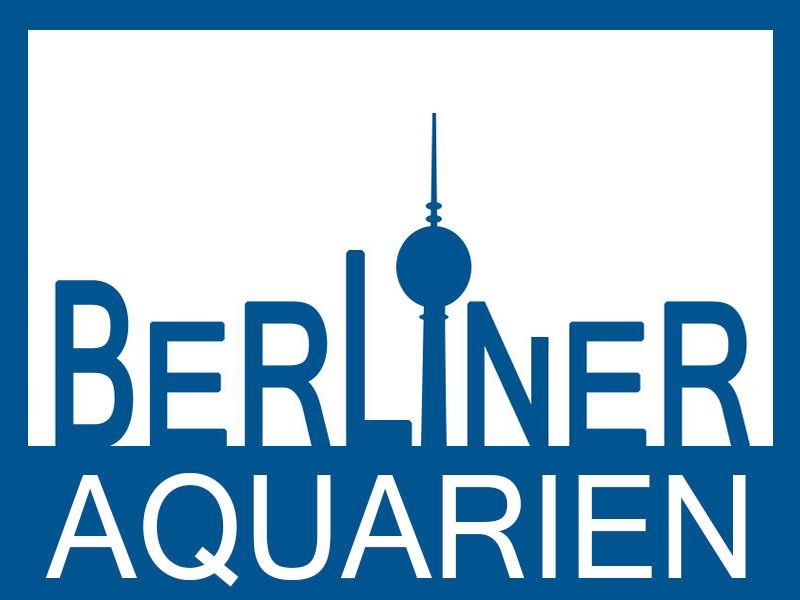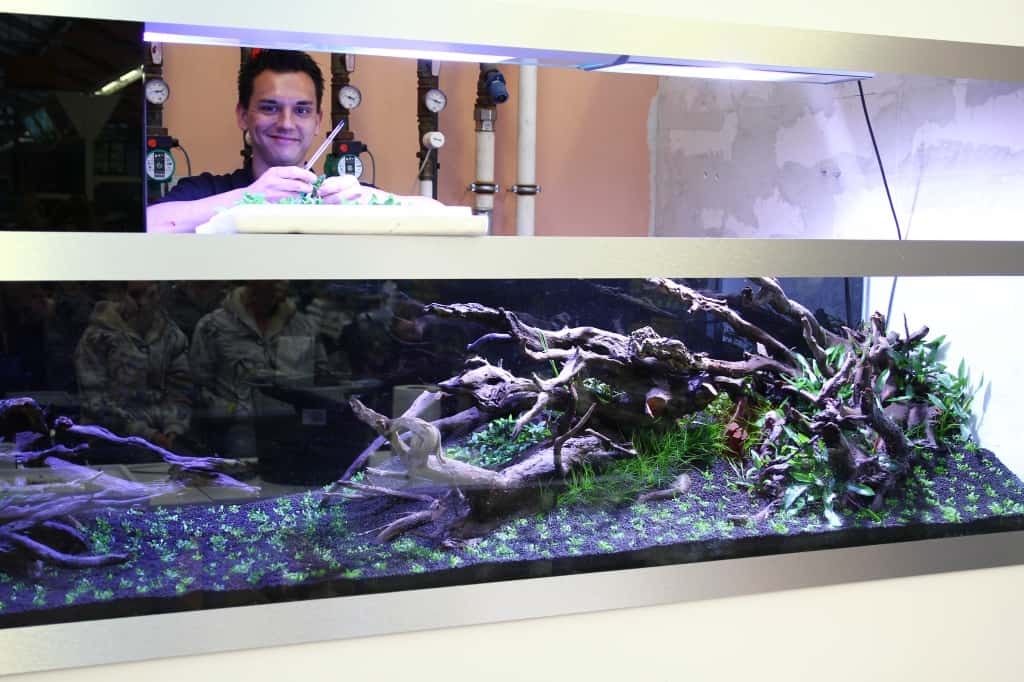With great pleasure, we will explore the intriguing topic related to Mesmerizing Aga Aquascaping: A Symphony of Nature and Art. Let’s weave interesting information and offer fresh perspectives for you.
Mesmerizing Aga Aquascaping: A Symphony of Nature and Art

Aga aquascaping, an enthralling art form that combines the beauty of nature with the precision of craftsmanship, has captivated hobbyists and art enthusiasts alike. This captivating practice involves the creation of underwater landscapes within glass enclosures, showcasing the intricate interplay between aquatic plants, fish, and hardscape elements.
The origins of aga aquascaping can be traced back to the ancient Japanese art of bonkei, where miniature landscapes were created in shallow trays. Over time, this technique evolved into the modern art form we know today, with aquascapers from around the world pushing the boundaries of creativity.
Related Articles: Mesmerizing Aga Aquascaping: A Symphony of Nature and Art
- Breathtaking Cube Aquarium Aquascapes: A Masterpiece In 10 Steps
- Aquascapes Unlimited: A Masterpiece In Aquatic Art
- 10 Enchanting Aquascape Plants That Will Transform Your Underwater Paradise
- Stunning Betta Aquascapes: A Visual Oasis For Your Beloved Fish
- 10 Essential Tips For Stunning Live Rock Aquascaping
One of the defining characteristics of aga aquascaping is the use of the "Golden Ratio," a mathematical formula found throughout nature that creates a harmonious and aesthetically pleasing composition. Aquascapers carefully arrange plants and hardscape elements according to this ratio, resulting in visually stunning and balanced designs.
The choice of aquatic plants is crucial in aga aquascaping. From delicate ferns and mosses to vibrant stem plants and showy lilies, each species contributes to the overall aesthetic and ecological balance of the aquarium. Aquascapers carefully select plants based on their growth patterns, colors, and textures, creating a tapestry of underwater beauty.
Fish play an integral role in aga aquascaping, not only for their aesthetic appeal but also for their ecological function. Small, peaceful species such as tetras and shrimp add movement and life to the aquarium, while larger fish, such as discus and angelfish, create a focal point and add a touch of grandeur.
Hardscape elements, such as rocks, driftwood, and ceramic sculptures, provide structure and depth to aga aquascapes. These elements mimic natural formations found in rivers, lakes, and oceans, creating a sense of realism and immersion. Aquascapers carefully arrange these elements to create visual interest and provide hiding places for fish and invertebrates.
Creating an aga aquascape is a labor of love that requires patience, skill, and a deep appreciation for nature. It is an art form that transcends the boundaries of traditional aquariums, offering a glimpse into the beauty and complexity of the underwater world. As the popularity of aga aquascaping continues to grow, it is safe to say that this captivating art form will continue to inspire and enchant hobbyists and art lovers for generations to come.




Closure
Thus, we hope this article has provided valuable insights into Mesmerizing Aga Aquascaping: A Symphony of Nature and Art. We appreciate your attention to our article. See you in our next article!
Click for more about >> Mesmerizing Aga Aquascaping: A Symphony of Nature and Art